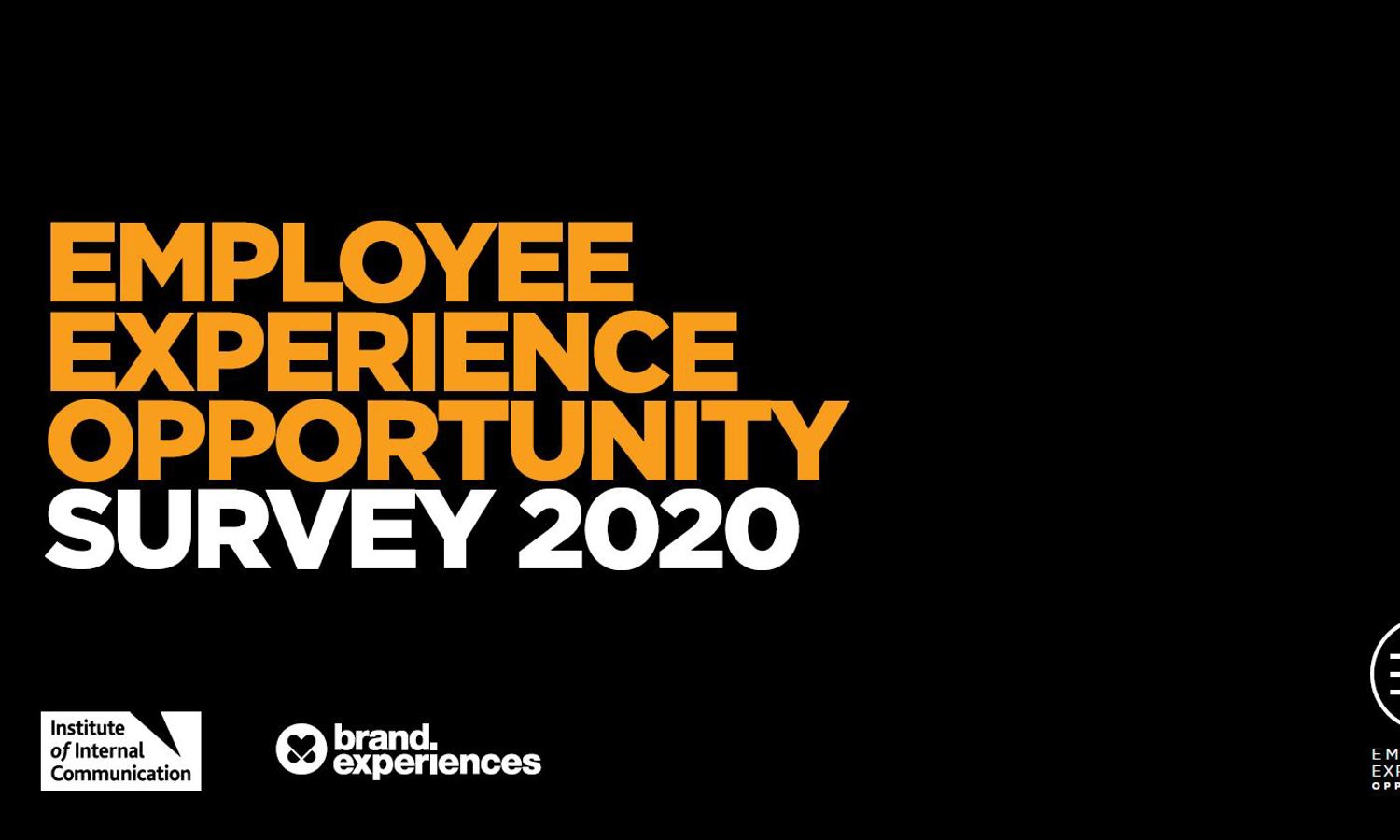What is an Employee Experience survey?
An Employee Experience (EX) survey will aid you in understanding how your employees are feeling about working life at your organisation. If done effectively, it can help to prioritise the important issues.
Types of Employee Experience surveys
There are three main types of Employee Experience (EX) surveys:
- eNPS
- Pulse
- Full/Annual
eNPS surveys
If you’re short on time and resource, and would like to use a proven metric to measure your Employee Experience (EX), then Employee Net Promoter Score (eNPS) could be the solution for you.
eNPS is practically the same as Net Promoter Score® (NPS), which measures customer loyalty. The eNPS score is simple to calculate, and involves asking just one question on a scale of 0-10 to employees:
How likely are you to recommend working at *your brand* to a friend or colleague?
Respondents are clustered as follows:
- Promoters (score 9-10) love working for you, and are in it for the long haul.
- Passives (score 7-8) like working for you, but would go elsewhere for a better offer.
- Detractors (score 0-6) don't like working for you so much, and may share their displeasure with colleagues.
The score is calculated by: % Promoters - % Detractors = your eNPS.
Scoring can range from a low of -100, to a high of +100. Be warned that scoring for eNPS is traditionally lower than for NPS as employees tend to have high expectations of their employer. The object should be one of continuous improvement where the focus is on turning detractors into passives and passives into promoters.
Are you allowed more than one question?
It’s up to you. Some companies also add two open-ended questions: ‘Why did you give this score?’ and ‘What can we do to improve’? This involves more work, though, so be mindful of your resource availability.
Employee Experience Pulse Surveys
eNPS surveys can be useful when you have a specific question, but if you want to delve a bit deeper, you may want to consider a pulse survey. These are typically 8-15 questions long and will focus upon broad topics such as: feelings of inclusion, line management support capability, senior leadership visibility, and more.
Questions can be answered on a scale or could be open-ended. As previously mentioned, the more open-ended questions, the more work it takes to review the responses.
Annual Surveys
These tend to be fuller surveys, with anywhere between 30-150 questions. Obviously with the volume of questions, you can build a deeper understanding – but the sheer number of questions can be off-putting for employees! As with pulse surveys, questions can be answered on a scale or could be open-ended.
Why Employee Experience surveys fail
Employee surveys fail when leaders are not seen to be acting upon the results. Sometimes this is because they choose to do nothing with them; other times they take action, but fail to communicate success stories. So, it is vital to share progress with your employees.
An all-staff email from the CEO is not enough. A one-hit deluge of ‘you said, we did’ from the HR Director isn’t effective either. (And doesn’t “you said, we did” sound patronising? Like leaders are doing you a favour?) What is required is a strategic narrative with your people at the centre. One way to achieve this is via an Employee Experience hub, accessible to all employees either in the form of an Intranet or even an employee engagement app.
The aim of the hub should be to display that:
- Employees are central to driving change
- Leaders are continually responsive to great ideas from employees
- The process is transparent – changes should be communicated and if something can’t be done, be honest and say why
- There is a culture of continuous improvement, not just post-survey
What the hub should include:
- A reminder of the purpose of the survey
- The survey results
- Any processes – deadlines for reporting upon action plans, suggestions for regularity of team/departmental meetings to discuss/act upon results etc.
- Leaders communicating their commitment to the project
- Success stories
- Sharing of good practice
If you don't give regular progress updates on outcomes, then employees will fill the silence themselves; and they usually will assume nothing is happening.
You need a regular drip of communication, because:
- authentic dialogue builds trust;
- trust builds engaged employees; and
- engaged employees are more productive
Displaying your commitment to listening to and acting upon employee suggestions will improve your employee engagement and your employees' overall experience.
Employee Experience Surveys should not be about 'the number'
Be it eNPS, an annual or a pulse survey, the figure everyone looks at first is the overall engagement/satisfaction figure. This is seen as representing how engaged/satisfied employees are - usually translated to meaning how 'good' the Employee Experience is.
In reality, the figure is flawed. Why? As far as senior leaders are concerned, it's turkeys voting for Christmas - they're scoring themselves, so they're bound to give high scores. And some may put pressure on their teams to score favourably. Employees with an axe to grind will also give artificially low scores.
Now, this is not to say that the number is useless - it does give a benchmark, as the above will be the case for all surveys. But it could be argued that the number does more harm than good.
Why? Those departments who score highly are likely to believe that all's well in the garden and they can carry on as they were - i.e. not bother to react to any feedback. (But as outlined - is their number 'real'?) Those with a low score are likely to find excuses for this, and may resist any changes. (And their 'real' score could actually be higher.) Embedding change can take time and can be painful, so those who have reacted to feedback from previous surveys may suffer a short-term blip - and any reduction in the score is seen as going backwards. (But sometimes you have to go backwards to come forwards.)
So, what's the alternative? A suggestion is to not publish 'the number'. Instead, publish the actions per department coming from the feedback and transparently track progress. This way, no blame or shame is attached – all departments will be focussed on using the feedback that their own people have given to drive improvements. And if employees see that their feedback is taken seriously and they're involved in improvement plans, then this should, in itself, increase engagement/satisfaction.
These actions will differ in timescales, so the temptation to turn these into KPIs should be resisted, as the improvements could be rushed. (And ditto KPIs s for the survey numbers, they end up being all about achieving ‘the number’.)
But if you don't publish 'the number' then how do you assess progress? Easy, just look at your people metrics such as mojo scores, sickness, turnover etc. (In reality, there could still be ‘the number’ but it could be for limited eyes only, such as the Head of Employee Experience.)
Employee Voice mechanisms, such as surveys, are put in place to affect improvements – and having a continuous improvement culture is far more important than an infrequent, flawed number.
For more Employee Experience definitions, view this page.


